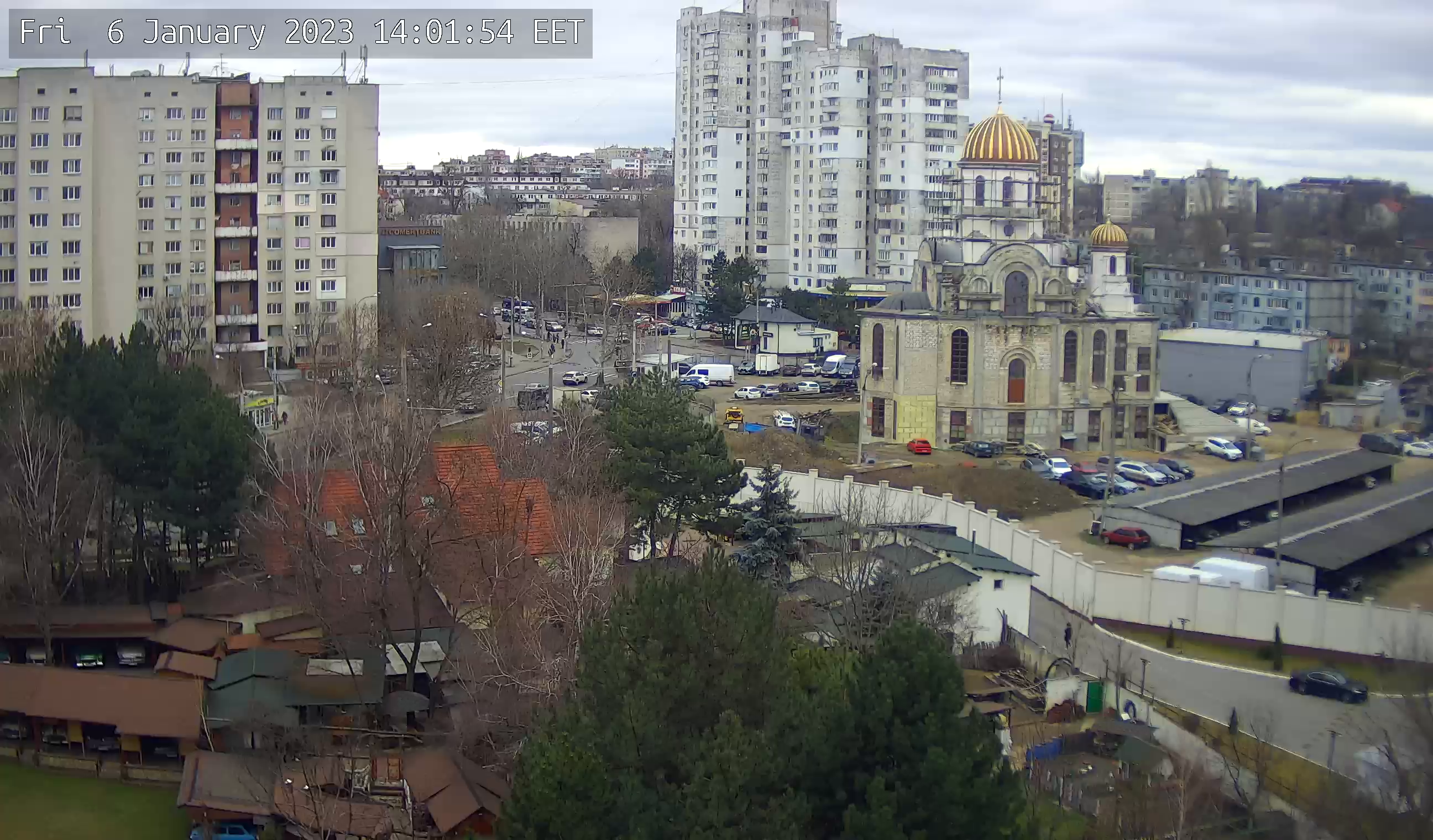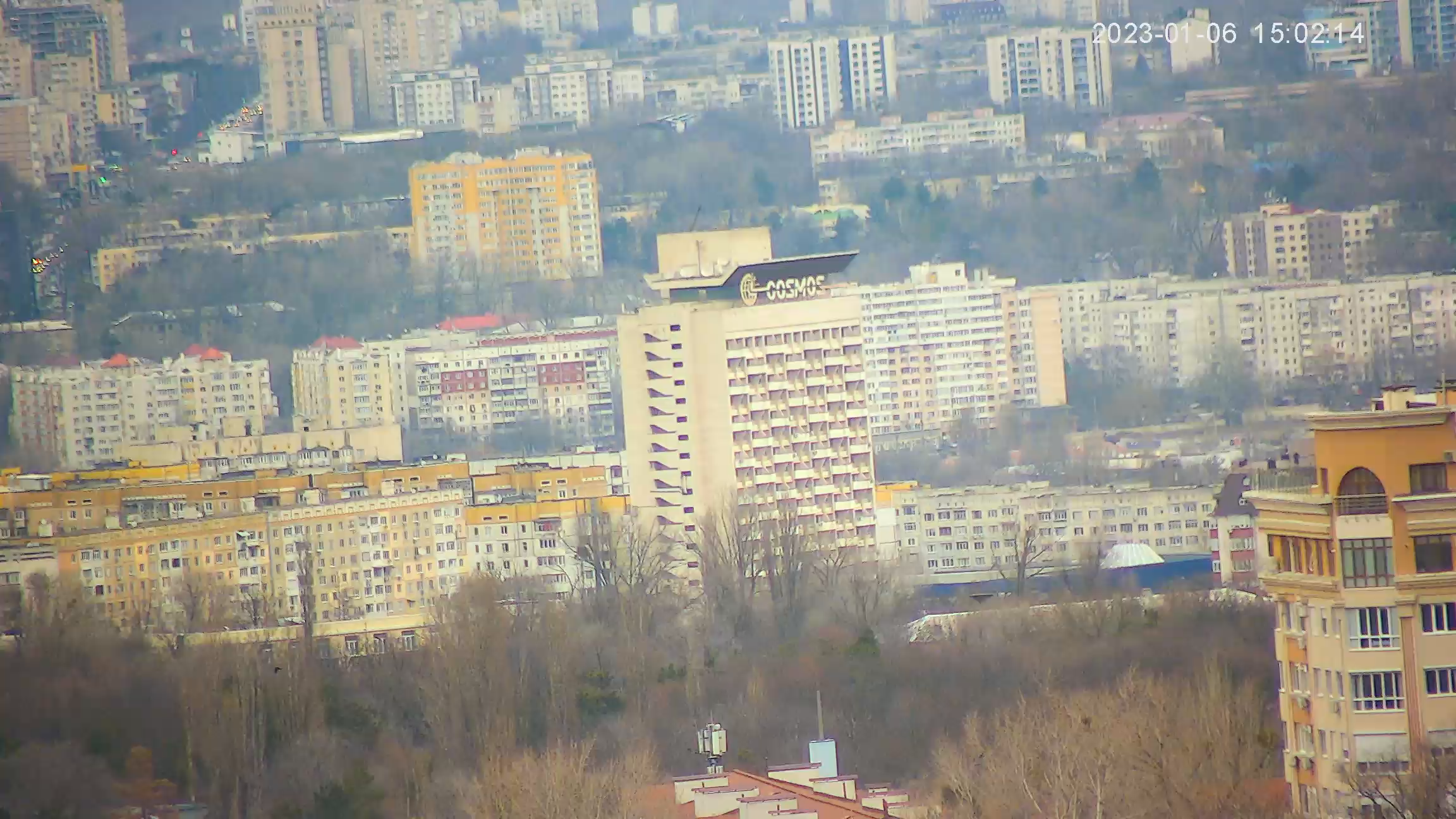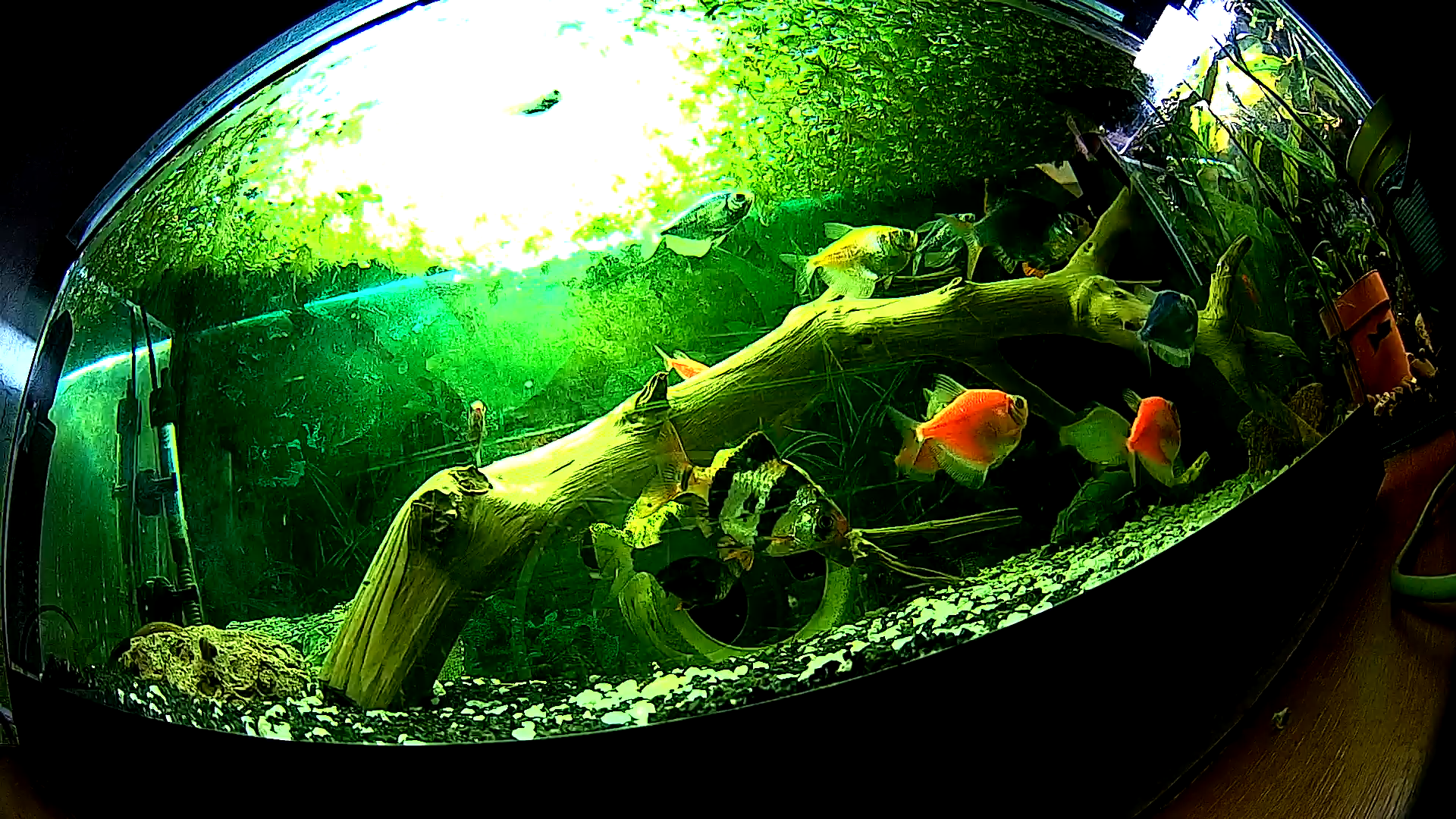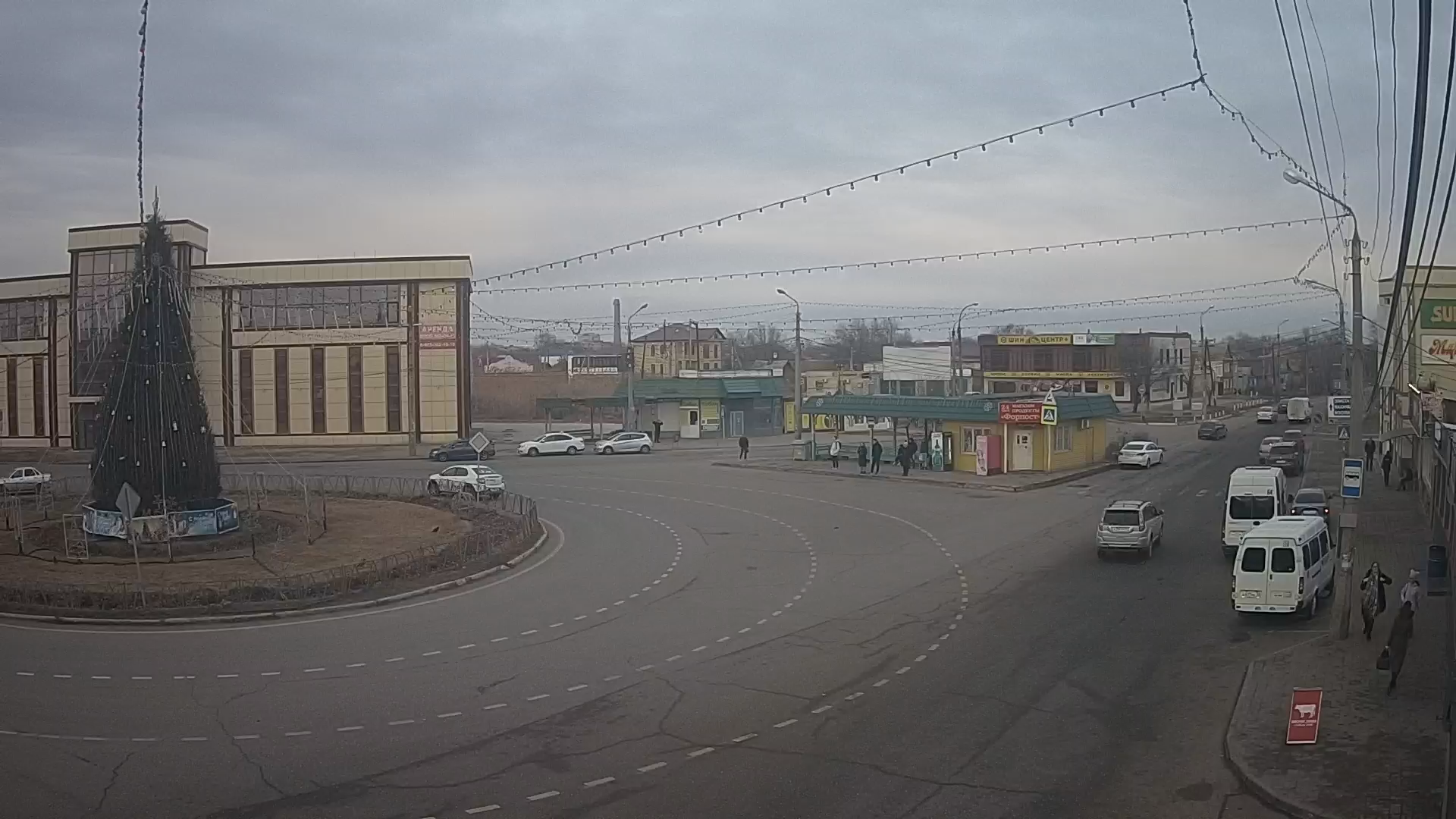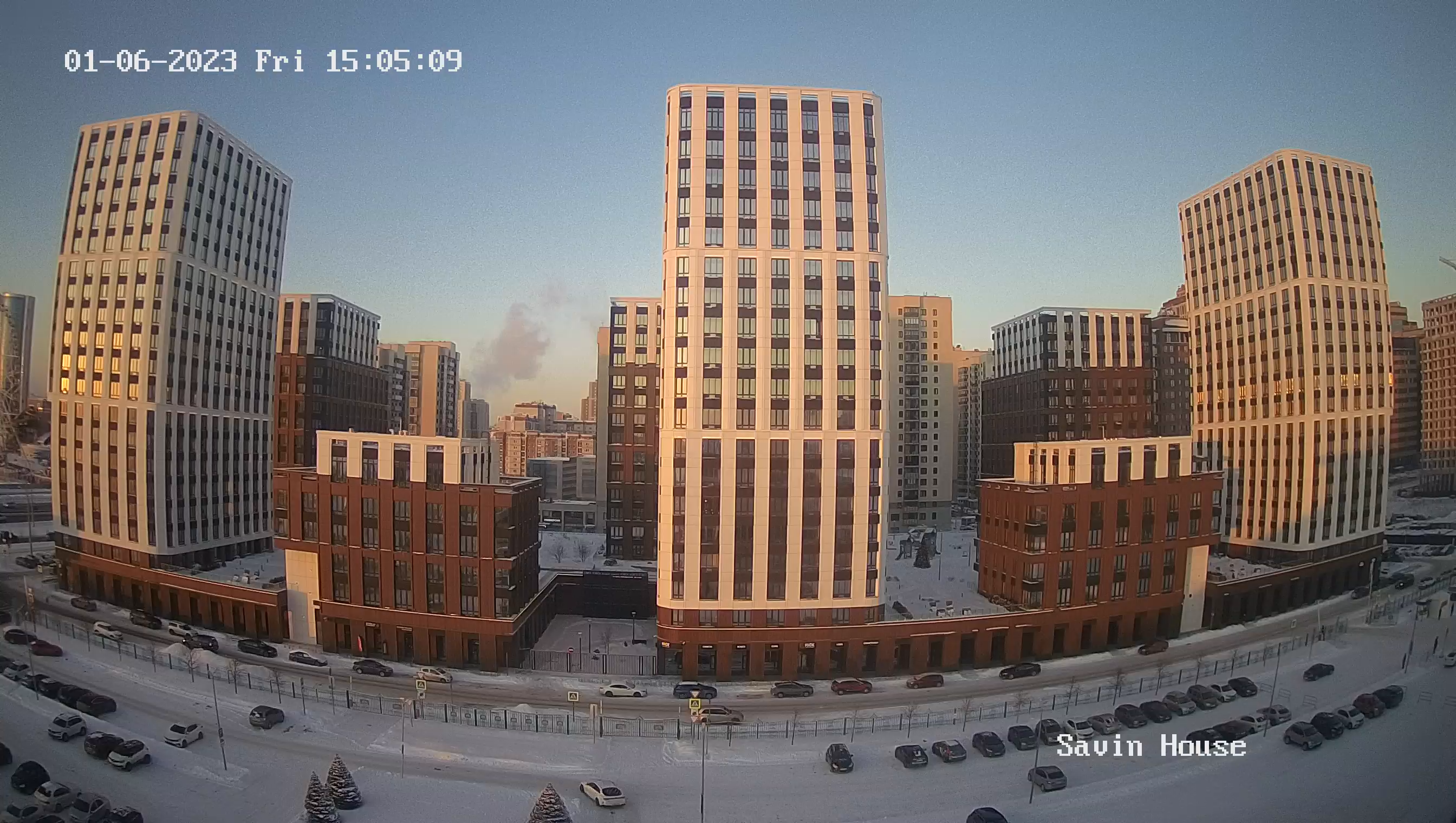Camera online Krasnoyarsk. Lenin Street, Dekabristov Street
In the historic center of Krasnoyarsk, at the confluence of the Kachi River into the Yenisei, at Strelka, Lenin Street begins and then passes through the central districts of the city. Territorially the street is located in the Central, Zheleznodorozhny and Oktyabrsky districts of Krasnoyarsk.
Lenin Street is one of the oldest streets in Krasnoyarsk. The first mention of it goes back to the beginning of the XVIII century. In the information about Krasnoyarsk, made in the form of questionnaire for provincial chancellery historiographer G. F. Miller in 1735, there is a mention of Kachinskaya street. Before the grand fire in 1773, which destroyed almost the entire city, the layout of Krasnoyarsk was very different: it was a medieval fortress in the form of a double burg. The grid of streets, formed by that time, was curved, residential neighborhoods diverged in a fan as the city grew to the west. The old Kacha street stretched along the Kachi bank, repeating its coastal line from the Spasskaya tower of the Small town on the promontory to Alexeevskaya tower, the western border of the Big town.
After the fire the first regular plan of Krasnoyarsk was drawn up. It was in line with the urban reform, carried out by Catherine II the Great. The reform was to radically change the plans of cities of the Russian Empire from "random" to "reasonable" urban system.
This plan defined the grid of streets in the old part of Krasnoyarsk and its linear development from east to west. The structure of the plan was composed of main longitudinal streets ("big") and transverse to them - "small", overlooking the Yenisei and Kacha. Such planning structure in the historic part of the town survived to this day.
Emerged after the fire "new" Kachinskaya street in its present direction ran about the same place as the "old" Kachinskaya street.
In 1822 an imperial decree established the Yenisei province, and its center was the city of Krasnoyarsk. This marked a new stage and accelerated the urban development of the provincial center. The master plan of 1828 provided for the growth of Krasnoyarsk in the west direction to the foot of Afontov Hill and kept the established direction of streets. If in the previous twenty-five years the city hardly grew, and its border passed where the street Weinbaum now, by the end of the 1830s it reached the current street Profsoyuzov.
In 1861 Kachinskaya street was renamed Blagoveshchenskaya. The name was given due to the stone three-storey Church of the Annunciation of the Blessed Virgin Mary, built in 1804 at the corner of modern streets Lenin and 9th January, on the site of the former wooden Church of the Intercession of the Blessed Virgin Mary.
The Annunciation church was well seen from the entrance to Krasnoyarsk along Moskovsky Trakt, and for a long time it served as a very large and important landmark.
In the end of XIX century on the western outskirts of Krasnoyarsk with the coming to the city of Great Siberian Railway there was a workers' settlement Nikolaevskaya Sloboda, and Annunciation street was extended through the new territory.
During the years of Soviet power in Krasnoyarsk a special commission on naming and renaming the intracity facilities with the purpose to rename all the streets and squares in the city in revolutionary spirit. So in 1921 Blagoveshchenskaya street was renamed into Lenin Avenue, in honor of Vladimir Ilyich Ulyanov (pseudonym - Lenin), Russian and Soviet political and statesman.
At the end of the forties of the last century has begun large-scale reconstruction - paving stones were removed, the entire length of the avenue was paved with asphalt, later the roadway was maximally expanded, most of the historic buildings were demolished and in their place were built mostly faceless and typical buildings.
For most of its length, modern Lenin Street is a wide and extremely busy thoroughfare, where most bus and trolleybus routes pass through the left bank of the city.
Currently, the street is built up with a variety of houses: both true masterpieces of wooden and stone architecture, and very ordinary examples of standard architecture.

